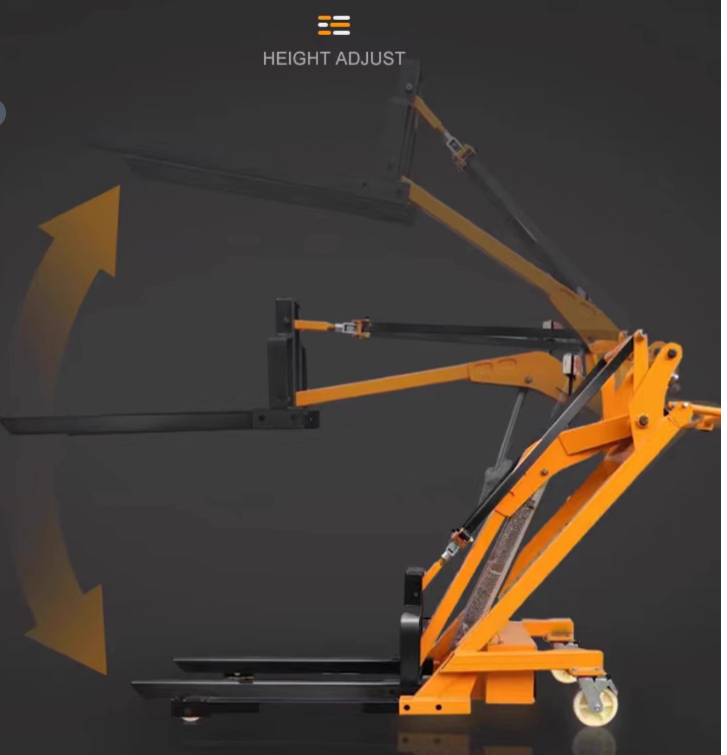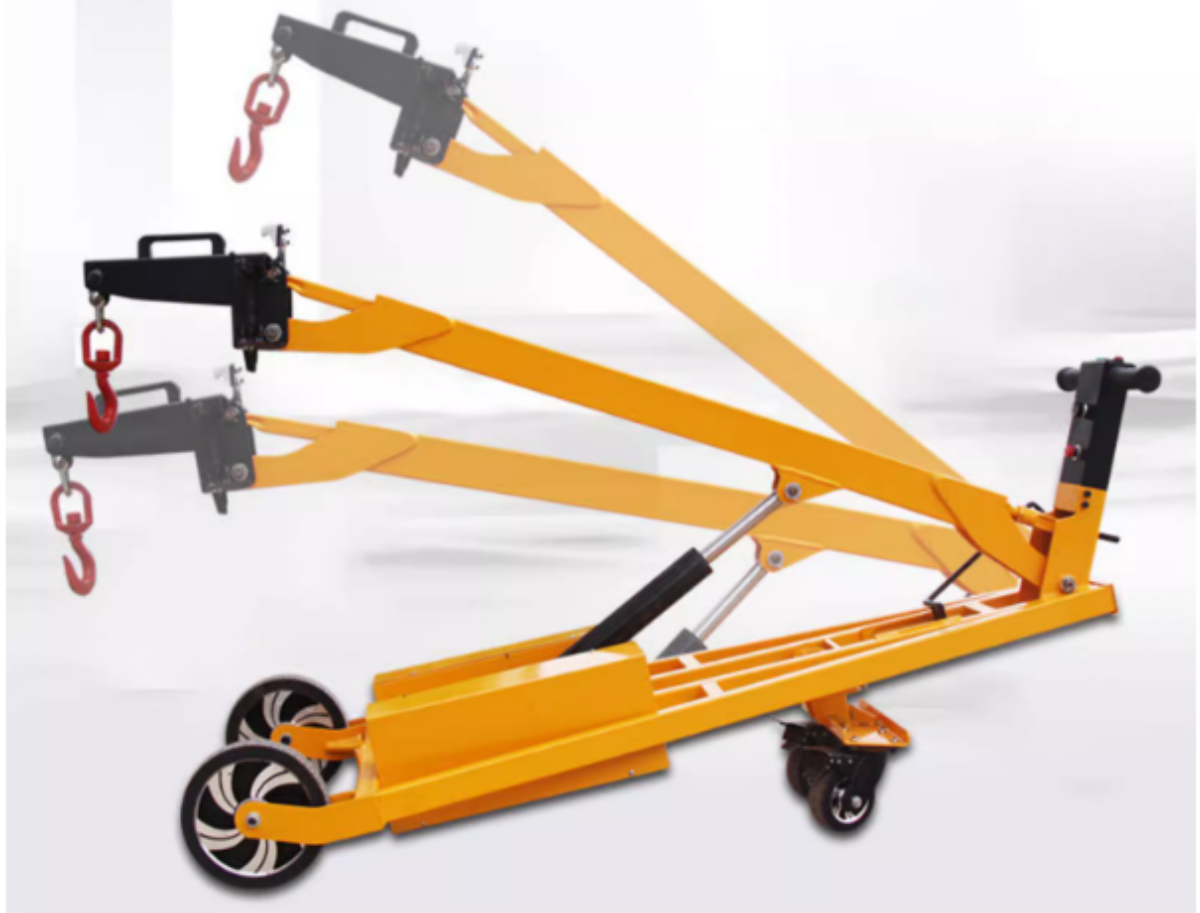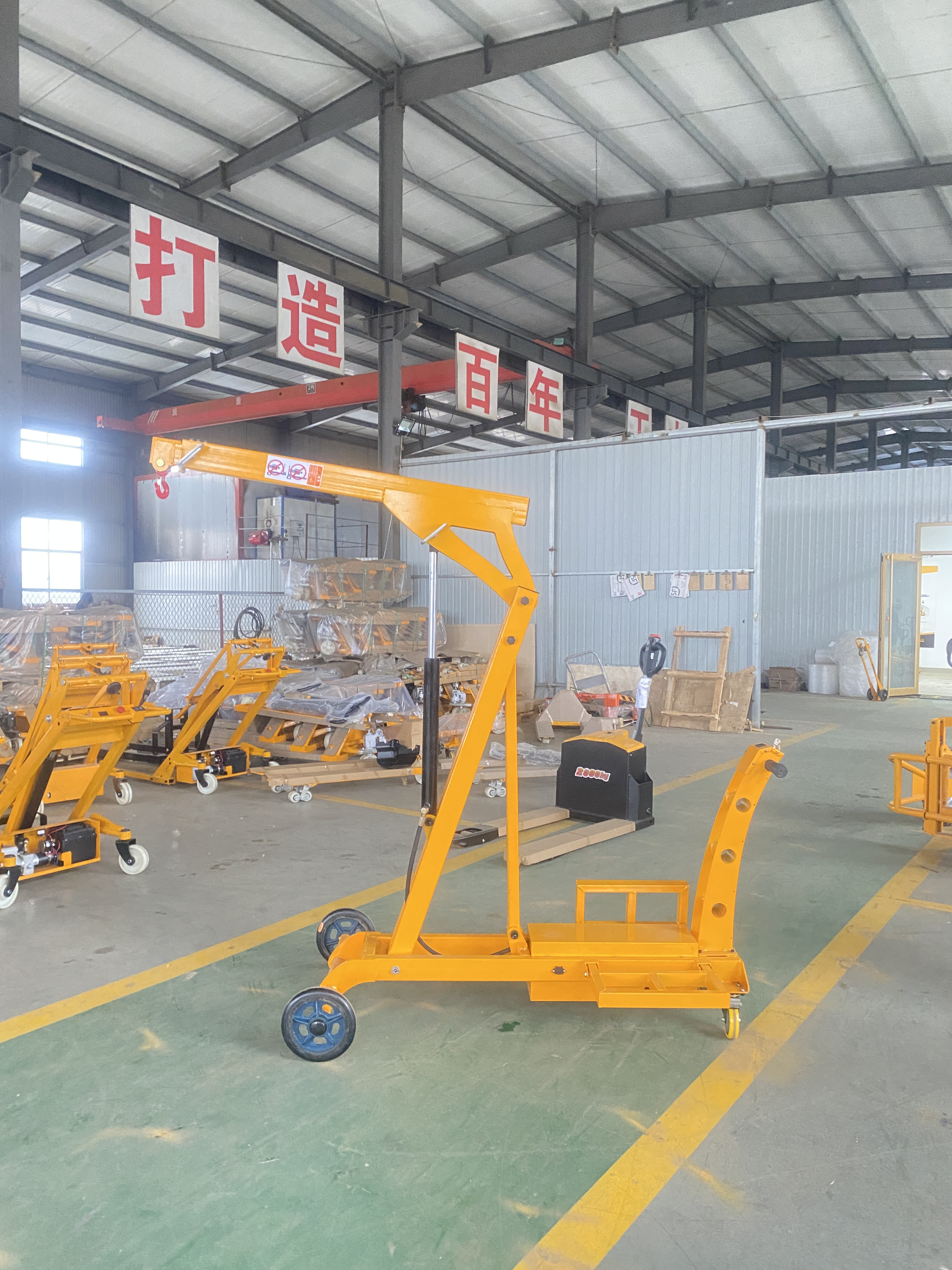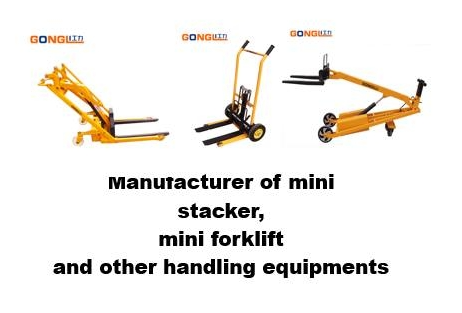In modern logistics environments, dealing with small spaces is often a common challenge, especially in places like warehouses, factories, or retail stores. In such environments, traditional forklifts may struggle to navigate through tight spaces, presenting challenges for cargo handling. However, with advancements in technology and growing market demands, there are now solutions designed specifically for small spaces, including small forklifts and folding forklifts. This article will introduce these solutions, helping you make informed choices when faced with tight space situations.
Introduction of Small Forklifts
Small forklifts are designed for navigating through tight spaces, typically featuring compact dimensions and enhanced maneuverability. They can easily traverse narrow aisles and corners, making them suitable for environments requiring high maneuverability. Although small forklifts may have relatively lower load capacities, their advantages become apparent in cramped spaces.
Several renowned brands offer a variety of models of small forklifts, such as Hitachi’s compact electric forklifts and Toyota’s compact internal combustion forklifts. These forklifts often boast compact designs and reliable performance, catering to various handling needs.

Introduction of Folding Forklifts
Unlike traditional forklifts, folding forklifts come with a unique folding feature that allows them to shrink their size to a minimum, adapting to tight spaces. This design enables folding forklifts to be highly practical in situations where storage or maneuverability space is limited. When not in use, they can be folded, thus saving space and facilitating storage.
Folding forklifts typically feature lightweight construction and simple operation, suitable for situations requiring frequent relocation or temporary use. Some folding forklifts also offer adjustable features, allowing users to customize the length or height of the forks according to specific needs.

Comparison of Solutions
Small forklifts and folding forklifts each have their unique advantages. Small forklifts excel in environments requiring high maneuverability and relatively higher load capacities, while folding forklifts are ideal for situations where saving storage space is crucial. The choice of the appropriate solution depends on specific requirements and environmental considerations.
In practical applications, a comprehensive evaluation considering site conditions and cargo characteristics is advisable to select the most suitable solution. Sometimes, combining both solutions may be beneficial to leverage their respective strengths fully.

Operational Advice
Regardless of whether it’s a small forklift or a folding forklift, proper operation and maintenance are essential. When using any type of forklift, it’s crucial to adhere to relevant safety operating procedures and perform regular inspections and maintenance to ensure safety and performance.
Moreover, training operators’ skills is also crucial. Ensure that operators have sufficient experience and skills to operate the forklift proficiently and are familiar with best practices in specific environments.

Conclusion
Handling cargo in tight spaces may pose some challenges, but by choosing suitable forklift solutions, these challenges can be effectively addressed. Small forklifts and folding forklifts are two common solutions, each with its own characteristics, suitable for different scenarios and requirements. By understanding their features and advantages and taking appropriate operational and maintenance measures, efficient and safe cargo handling can be achieved in small spaces.

